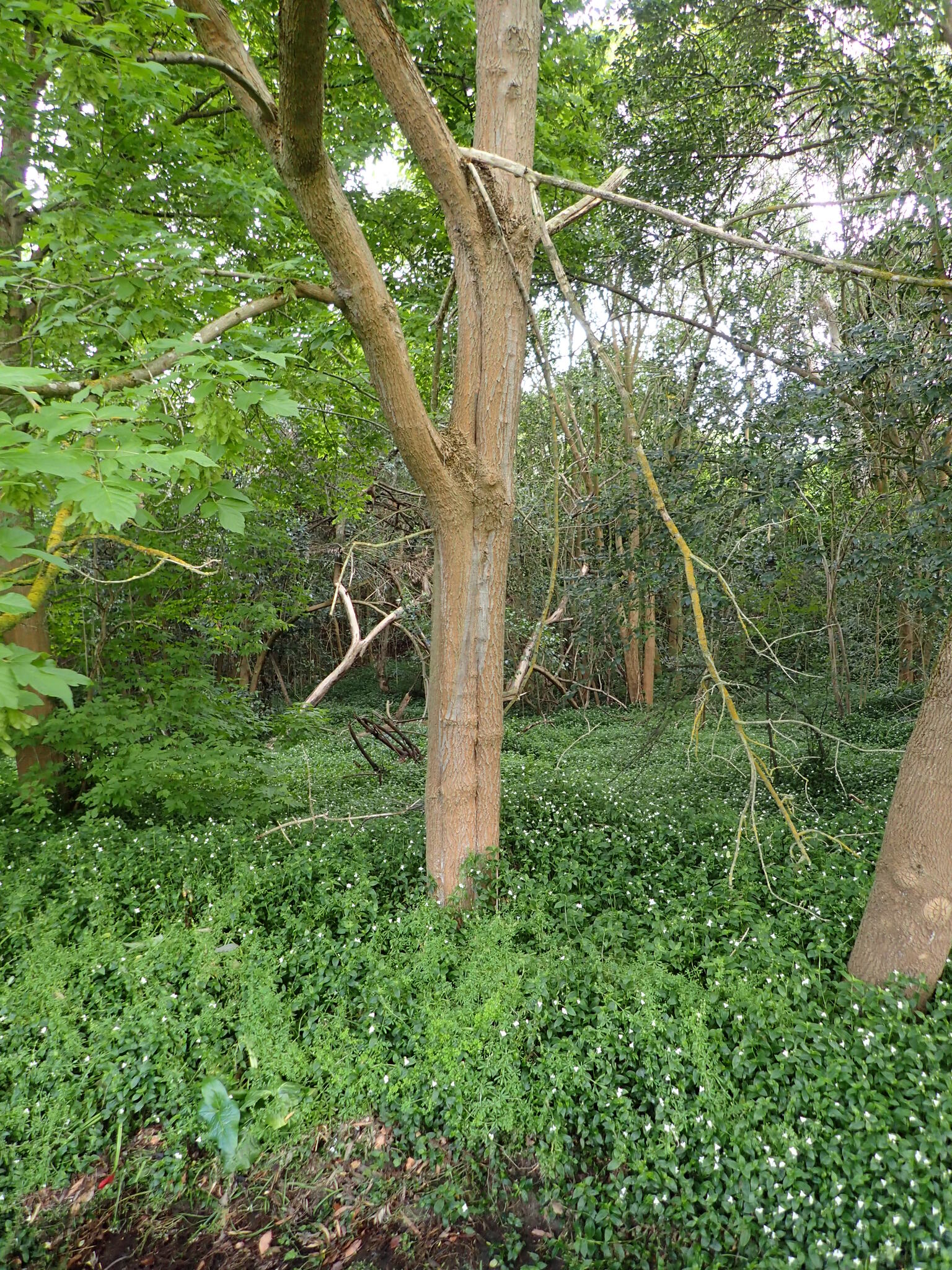
Latin name for the maple also meaning ‘sharp’, in reference to the hardness of the wood, which was used by the ancient Romans for making spears.
Deciduous or occasionally semi-evergreen to evergreen trees or shrubs with paired bud scales. Leaves opposite, stalked, usually lobed or palmate and sometimes pinnate with 3-7 leaflets, rarely entire. Flowers small, in terminal or axillary clusters. Sepals and petals (4)5. Stamens mostly 8, rarely 4 or 5. Ovary superior. Fruits forming winged propeller-like double samaras consisting of nutlets with thin, membranous wings.
Grown for the appealing leaves and, in many cases, attractive patterned bark. Background information on cultivars has been extracted from Vertrees (1987), De Jong (1990) and van Gelderen et al. (1994).
About 120 species, mostly in China and Japan but also Europe, Asia, N America and N Africa.
Seed, layering, softwood cuttings, occasionally by grafting. Witches' brooms are perpetuated by cuttings.
Widely used in buildings for construction as well as floors, furniture etc. Sycamore is still used to make the frames and pegs of violins. The sap is used widely as the source of maple syrup and honeys.
Leaves opposite; samara fruits propeller-like and known as 'keys', double.
The OPCAA collection is held by A. Teese, Yamina Rare Plants Nsy, Olinda (now closed); Boulters Olinda Nsy, Olinda,Vic, also has a wide range.Mount Lofty Bot. Garden, Adelaide, has about 50 taxa.
Wein-Pei Fang (1939), Murray (1970), Vertrees (1987), Harris (1983), De Jong (1990), van Gelderen et al. (1994).
The key provided here is to the more commonly cultuvated species; to be used with caution, as many species found in specialist collections have not been included.
Source: (2002). Aceraceae. In: . Horticultural Flora of South-eastern Australia. Volume 3. Flowering plants. Dicotyledons. Part 2. The identification of garden and cultivated plants. University of New South Wales Press.
Updated by: Val Stajsic, May 2018
